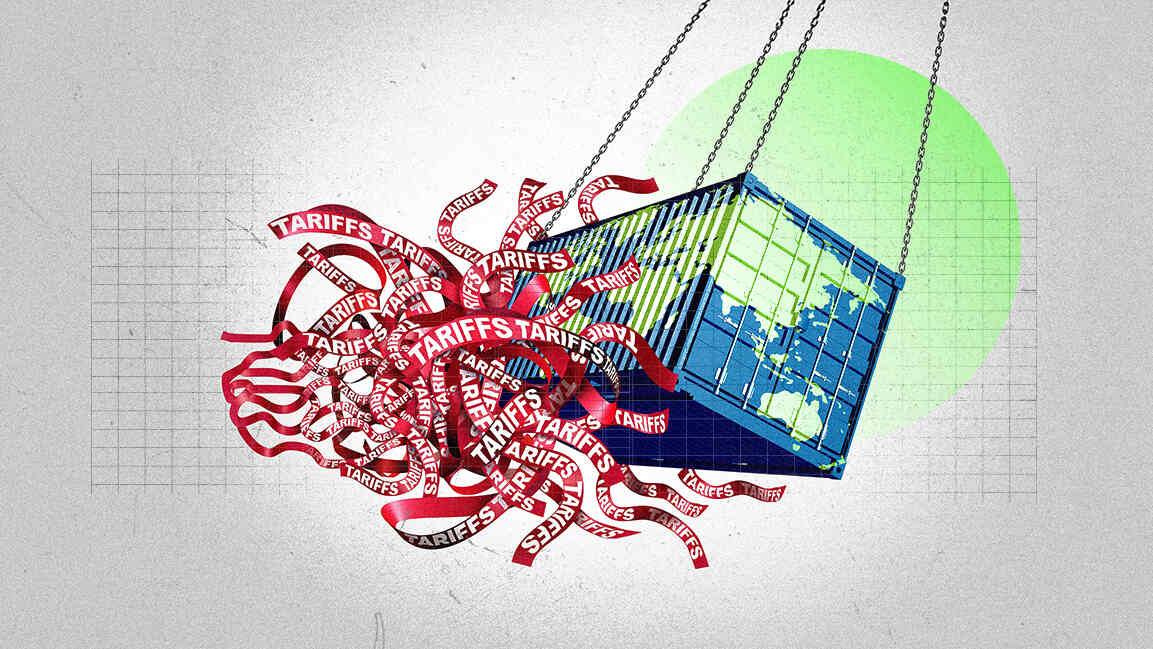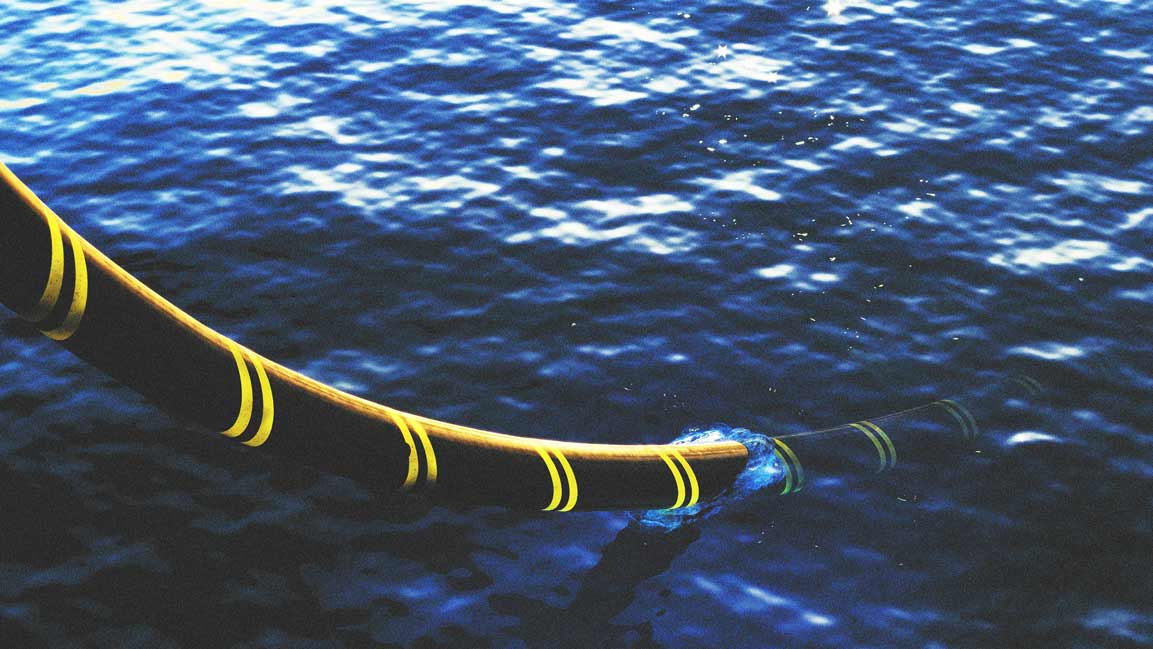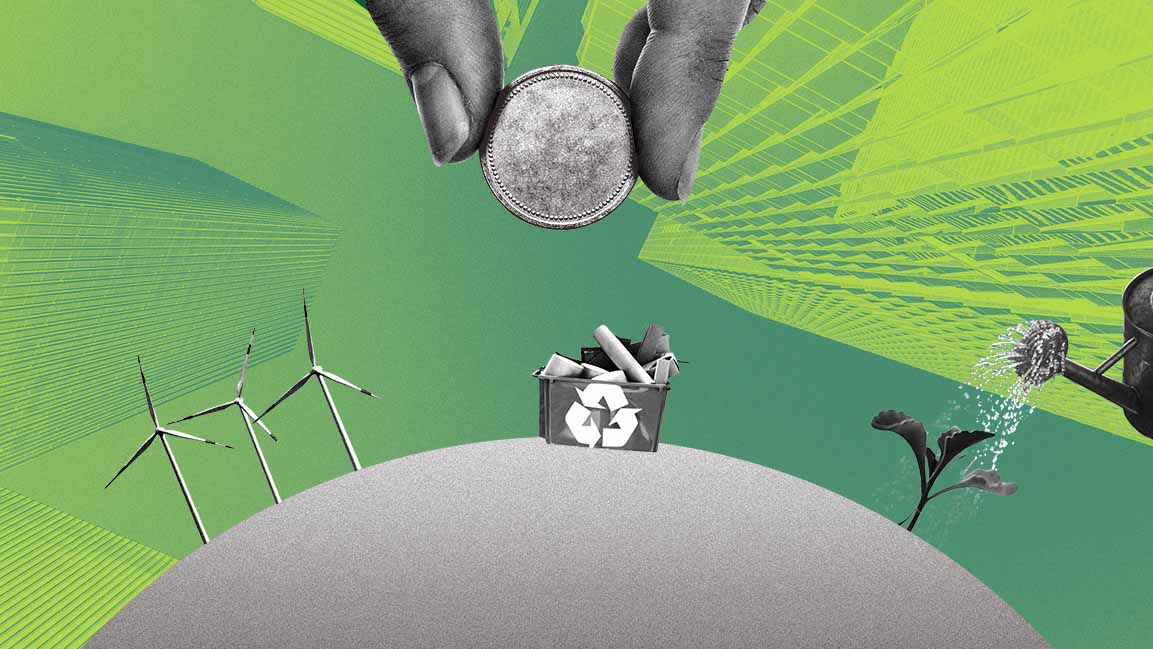- | 9:00 am
What do US trade policy and tariffs mean for GCC businesses and investors?
US tariffs will increase costs for GCC businesses and consumers, but the region will remain a strong investment hub

When America sneezes, the world catches a cold, goes the adage. The GCC, where most economies are pegged to the US dollar, tends to be particularly susceptible to US monetary policy, trade competitiveness, and investment flows. With newly announced trade tariffs likely to slow US economic growth over the coming year, businesses and investors across the region will need to rethink their strategies.
As the consultancy PWC said in recent advice, “GCC businesses should plan for disruption, and they should do so immediately.”
That disruption has most notably arisen from a new set of trade tariffs on most exports to the US under President Donald Trump’s America First trade policy. It covers some 185 countries, ranging from 10% for the UAE, Qatar, Saudi Arabia, and Egypt to China, with total tariffs of 54%.
Trump argued that “freeing” the US from “unfair trade practices” would raise money and encourage domestic manufacturing. However, economists have criticized the way the tariffs were calculated.
“US tariffs will raise import duties to levels not seen in decades, raising inflation and recession risks for the US and global economies,” Michael Strobaek, Global CIO, and Samy Chaar, Chief Economist and CIO Switzerland, of the investment bank Lombard Odier wrote in a note to investors.
Stock markets fell sharply in an immediate response, sparked by a worldwide sell-off. On April 3, all three major US indices posted their biggest single-day drop since 2020, dropping more than 4%.
Here in the region, Dubai’s main share index declined 1.7%, and Saudi Arabia’s benchmark index dropped 1.2%.
RISING COSTS FOR GCC BUSINESSES
“For the GCC countries, these tariffs could have significant implications, particularly in sectors that rely heavily on imports,” says Hamza Dweik, Head of Trading and Pricing (MENA), at investment platform Saxo Bank.
“The 10% baseline import tax on all goods entering the US from the UAE, Saudi Arabia, and other GCC nations, along with reciprocal tariffs, is set to increase export costs for GCC businesses, potentially hindering their competitiveness in the American market.”
He adds that non-energy sectors such as electronics, automobiles, construction, retail, and consumer goods will be most affected due to their reliance on imported goods. “However, the overall economic impact may vary depending on each GCC country’s specific trade relationships and economic diversification efforts.”
Regional economies have already been affected by an earlier round of US tariffs on all imports of steel and aluminum items and their derivatives.
IMPACT ON REGIONAL ENERGY SECTOR
Oil and gas may also see an impact. The new US administration also wants to “unleash” US energy production and maximize oil and gas production with regulatory cuts and stronger infrastructure, while also cutting spending on programs promoting renewable energy.
A surge in oil and gas supply could dampen prices across the board. But the sector could benefit if renewable technology is rolled back, Dweik says. “The region’s reliance on oil exports means that any global economic slowdown caused by trade tensions could impact oil prices.
However, if renewable energy initiatives are scaled back, it could increase demand for traditional energy sources, providing an opportunity for GCC producers to increase output and reclaim market share.”
Regional players look likely to nevertheless press ahead with renewable energy plans. “Despite Trump rolling back on renewable energy, UAE’s renewable energy stance is expected to grow stronger. In fact, in a January meeting organized by the International Renewable Energy Agency, Ahmed Al Kaabi, Assistant Undersecretary for the Electricity, Water, and Future Energy Sector at the Ministry of Energy and Infrastructure (MoEI), stressed that the UAE continues to lead the global energy transition through its ambitious strategies and initiatives that contribute to shaping a better world,” says Arun Leslie John, Chief Market Analyst at investment firm Century Financial.
COSTLIER ELECTRONICS AND CONSUMER GOODS
A weaker dollar can improve GCC export competitiveness and make imported goods more expensive, impacting businesses reliant on foreign inputs.
“The UAE’s currency peg to the US dollar means that fluctuations in dollar value can directly influence purchasing power and inflation rates, particularly if imported goods become more expensive,” Dweik says.
“Sectors like electronics, automobiles, and construction may feel the pinch as costs rise, ultimately affecting consumer spending and possibly pushing inflation upward. This could lead to higher prices for consumers and reduced competitiveness in the market.”
NEW MARKETS AND RE-EXPORTS
Experts say GCC countries do not have a significant trade surplus with the US but will benefit from broadening trade ties with other nations. Dweik says the GCC nations may need to explore new markets and strengthen trade ties with regions unaffected by these tariffs.
“Diversifying their economic base beyond oil exports will be crucial in mitigating the risks associated with external economic shocks.”
The US enjoyed a substantial trade surplus with the UAE, exporting $27 billion while only importing $7.5 billion in 2024. Likewise, the US goods trade surplus with Saudi Arabia was $443.3 million in 2024, a 121.6% increase, or about $2.5 billion, over 2023.
John says a potential silver lining in GCC-US trade could emerge around re-exports. The lower tariffs could position the UAE as a favorable transit hub for exports.
“Trump tariffs could increase re-exports. [UAE] companies could import goods from [highly] tariffed countries like China and re-export them to the US,” he says. He adds that tariff-led price increases in producer countries could greatly squeeze out the profit margins of packaging and construction industries operating in the US, making them look for alternatives, which is where Middle Eastern countries are expected to benefit.
WHAT DOES IT MEAN FOR INVESTORS?
All of this means a somewhat cloudier picture for investors, who have already experienced a difficult start to the year, due to US policy uncertainty.
Globally, as the impact of tariffs plays out, investment experts see a period of risk aversion in financial markets. However, the GCC looks set to remain a strong investment hub—although the return on investment rates may be affected.
Taimur Khan, Head of Research MEA at JLL, said Saudi Arabia, the UAE, and other GCC nations continue to attract interest due to increasing foreign capital inflows into real estate, finance, and tech. “The underlying fundamentals are actually pretty strong at the moment with significant capital investment going into these markets,” he says.
“There’s a development of many new industries we haven’t seen here. Whether you’re looking at professional services, with an ever-growing number of family offices and hedge funds, or the expanding presence of tech firms from the US, Europe, and Asia, we’re seeing a lot of investment coming into these markets. From our conversations with developers and investors across Asia, Europe, and the US, they see great opportunities to either increase the deployment of their capital or the deployment of credit into the region, which hasn’t existed previously. It’s about the opportunities locally. They’re pretty significant at the moment,” he adds.







































